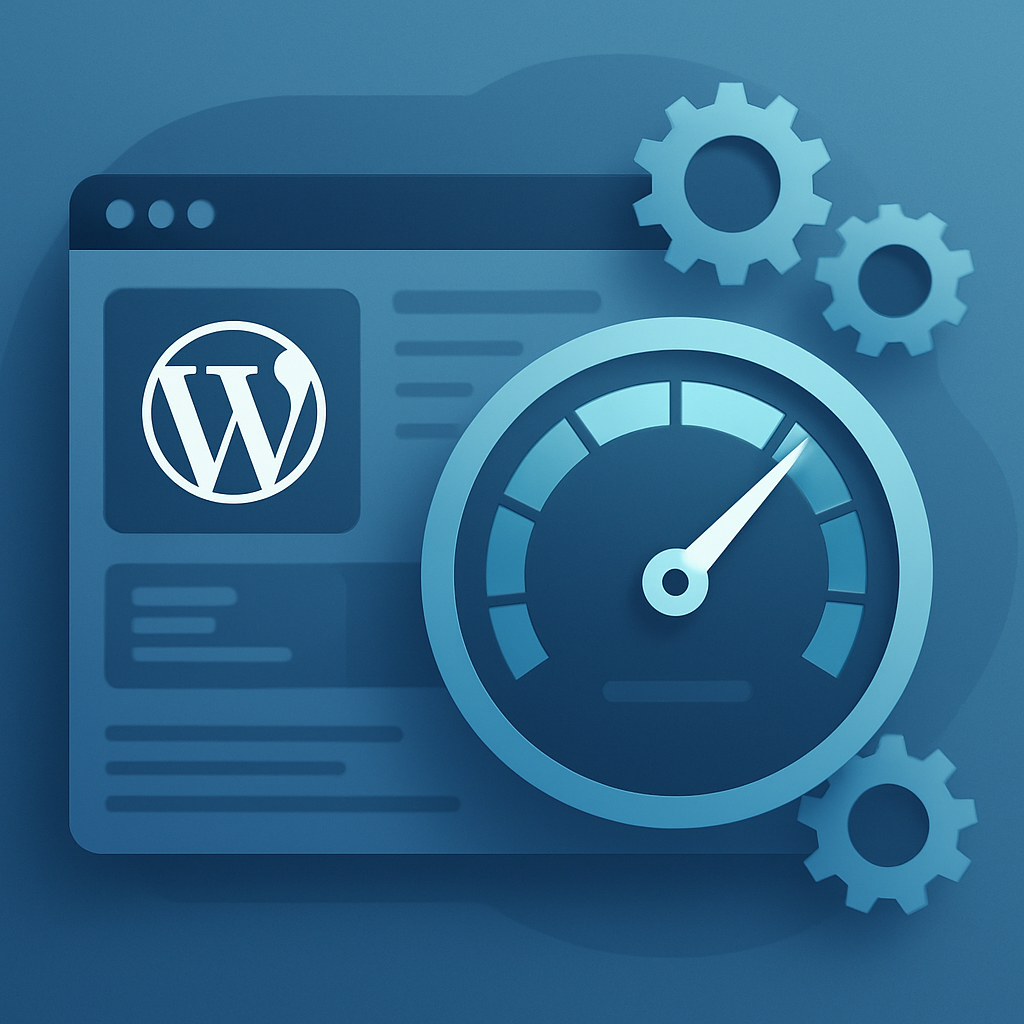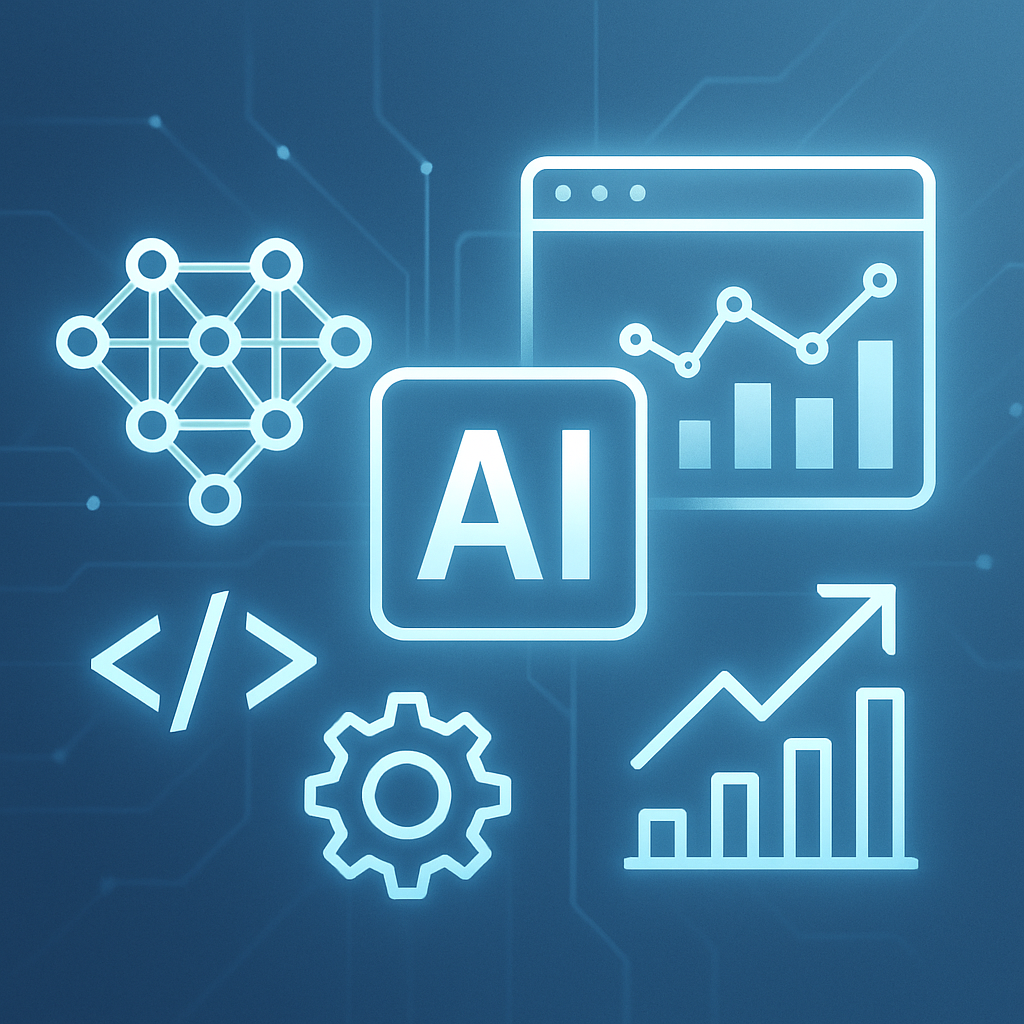
Autonomous Agents Revolutionizing AI Decision Making in Dynamic Environments
Introduction to Autonomous Computer Agents in AI
In the evolving landscape of artificial intelligence, autonomous computer agents have emerged as pivotal players in driving real-time decision-making within dynamic environments. Unlike static algorithms confined to predetermined tasks, these agents operate independently, perceiving, learning, and acting without continuous human oversight. In 2025, their influence spans industries, from financial markets reacting in milliseconds to automated traffic systems adapting to live conditions.
Understanding Computer Agents in AI
A computer agent in AI refers to software entities capable of performing tasks autonomously by interpreting their environment, making decisions, and executing actions. These agents range from simple reactive systems to complex deliberative AI with sophisticated reasoning abilities. Key characteristics that define them include:
- Autonomy: Operate with minimal or no human intervention.
- Perception: Sense dynamic variables in the environment.
- Decision-making: Employ learning and reasoning to determine optimal actions.
- Adaptability: Modify behavior in response to environmental changes.
The Challenge of Dynamic Environments
Dynamic environments are characterized by constant, unpredictable changes—such as fluctuating market conditions, variable traffic flows, or rapidly evolving cyber threats. Traditional AI systems often struggle to keep pace due to their dependence on static models or batch-processing of data.
Autonomous computer agents excel here by continuously monitoring their surroundings, anticipating shifts, and recalibrating their strategies in real time. This agility makes them invaluable for sectors where resilience and responsiveness are paramount.
Real-World Applications Transforming Industries
1. Smart Traffic Management
Autonomous agents control interconnected traffic lights and signals, collecting sensor data to ease congestion dynamically. For example, in major metropolitan areas, these agents optimize traffic flow by predicting peak traffic surges and rerouting vehicles, reducing commute times and emissions.
2. Financial Trading Algorithms
Modern trading platforms deploy autonomous agents that analyze market trends within milliseconds. They execute trades instantly by detecting changes in stock prices and volume patterns, often profiting from fleeting arbitrage opportunities that traditional human traders cannot match.
3. Autonomous Drone Coordination
Swarm intelligence leverages multiple computer agents coordinating drones for tasks like agricultural monitoring or disaster response. Each agent communicates with peers to adapt flight patterns, ensuring optimal coverage and quick reaction to sudden environmental hazards.
4. Adaptive Cybersecurity Frameworks
Autonomous agents monitor network traffic continuously to detect anomalies. By learning evolving threat signatures, they autonomously isolate threats and reconfigure defense mechanisms without waiting for manual input, vastly improving security in real time.
How Autonomous Agents Learn and Adapt
Machine learning techniques, particularly reinforcement learning and multi-agent learning frameworks, empower these agents. Reinforcement learning enables agents to assess actions based on feedback from the environment, gradually honing their strategies to maximize outcomes.
In multi-agent systems, collaboration and competition amongst agents stimulate advanced decision-making, modeling complex real-world interactions and emergent behaviors.
Advantages of Autonomous Computer Agents in Dynamic Contexts
- Real-time responsiveness: Agents can react within milliseconds, crucial for fast-changing scenarios.
- Scalability: Systems composed of multiple agents can handle expanding operational scope without compromising performance.
- Robustness: Decentralized agents avoid single points of failure, boosting system resilience.
- Continuous Learning: Agents evolve with the environment, improving over time without manual reprogramming.
Challenges and Considerations
Despite their promise, deploying autonomous agents poses challenges. Ensuring reliable behavior in unpredictable environments requires robust validation techniques. Unintended consequences may arise from emergent agent interactions, making interpretability and control important research priorities.
Ethical considerations are critical, especially when agents make impactful decisions affecting humans, such as autonomous vehicles or healthcare systems. Transparency in decision logic and adherence to regulatory standards remain essential.
The Future Outlook
By 2025, the integration of autonomous computer agents has become foundational across AI-driven systems managing complexity and uncertainty. Advances in AI explainability, edge computing, and agent coordination are set to further accelerate their adoption.
Emerging paradigms envision agents not only reacting but anticipating future states using predictive models, enabling preemptive actions that enhance safety and efficiency.
Conclusion
Autonomous computer agents are revolutionizing AI-driven decision-making in dynamic environments by enabling continual learning, adaptability, and rapid response. Their application across diverse sectors highlights their transformative potential in shaping smarter, more resilient systems poised to meet the demands of an ever-changing world.






